Baird Farm Maple Syrup: How Maple Syrup is Made From a 107 Year Old Farm
From Industrial Dairy to Regenerative Maple Production: A Blueprint for Sustainable Farm Transition
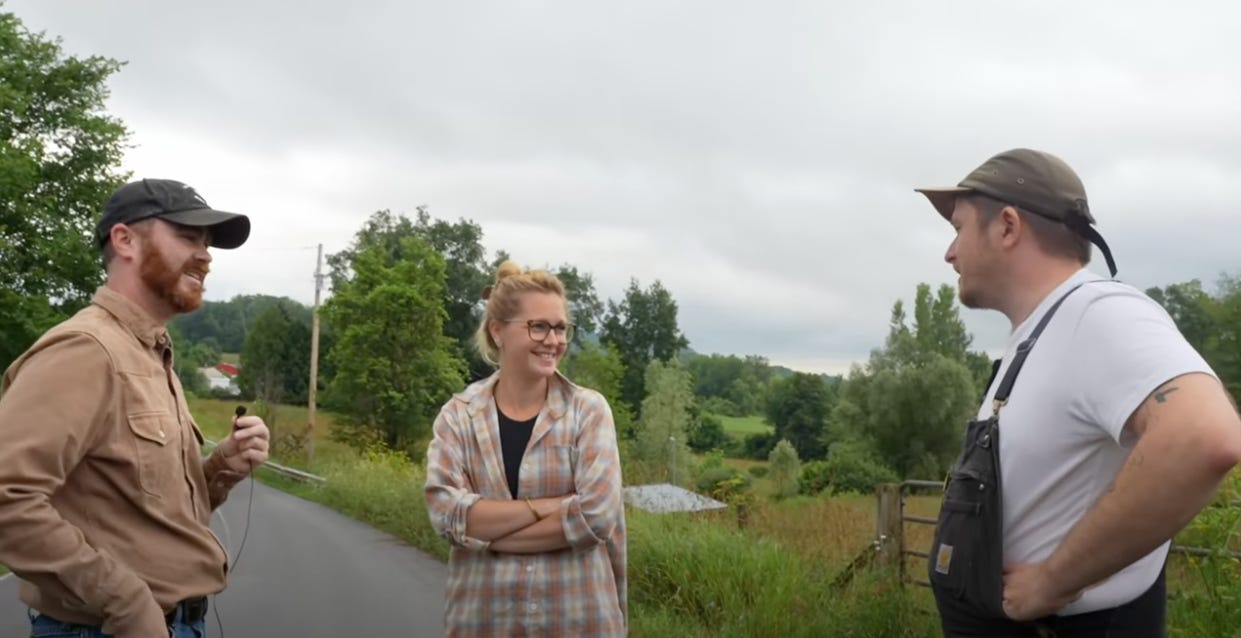
Meet Jacob and Jenna at Baird Farm Maple Syrup – a Vermont operation that's proving old-school wisdom and modern regenerative agriculture can create something extraordinary. This isn't your typical maple farm tour story. This is about how a 107-year-old family farm navigated one of agriculture's biggest challenges: generational transition while building a sustainable food system that actually works.
What You'll Learn:
How Baird Farm successfully transitioned from dairy to regenerative maple syrup production
Modern sustainable farming techniques that doubled their production in 10 years
Proven strategies for navigating generational farm transitions
Why Vermont leads regenerative agriculture innovation in maple production
Actionable steps for implementing regenerative practices on family farms
How direct-to-consumer sales can transform farm profitability

The Farm: Pittsford, Vermont Maple Operation Overview
Nestled in Vermont's maple belt, Baird Farm spans 585 acres with 240 dedicated to regenerative maple syrup production. What started as Jenna's great-grandmother Sarah Bear's dairy operation in 1918 has evolved into a cutting-edge sustainable farming model that taps 14,756 maple trees across 110 miles of tubing infrastructure.
This isn't just another Vermont maple farm. It's a masterclass in how family farms can adapt regenerative practices while maintaining profitability and community connection.
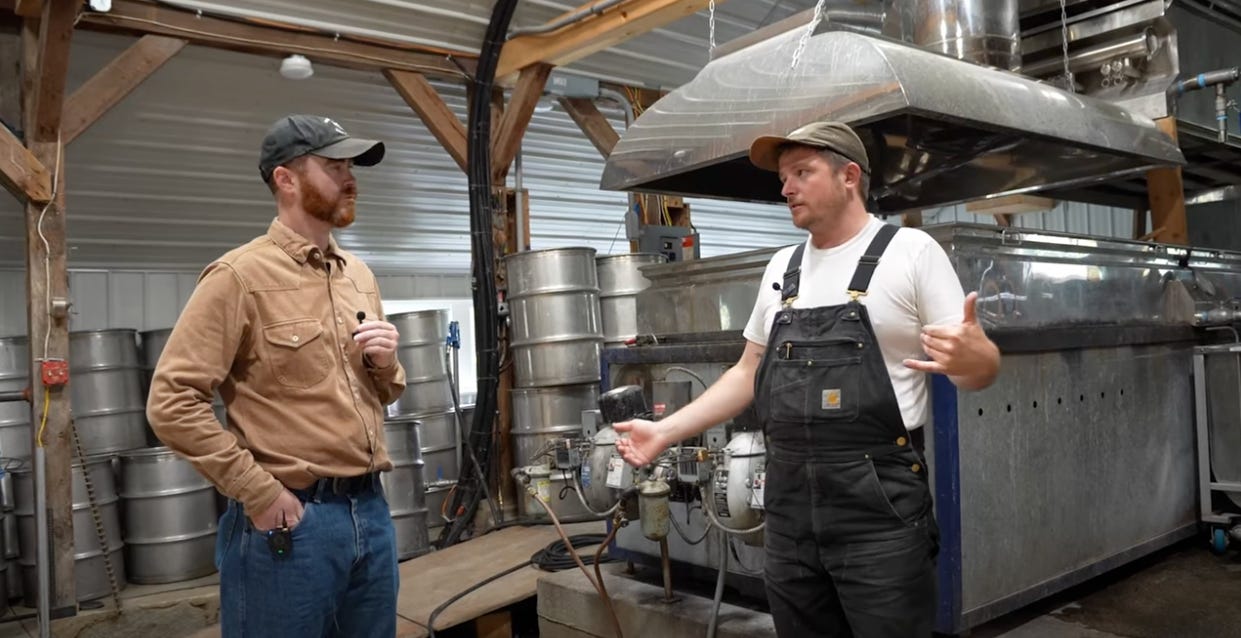
The Transformation: From Industrial Dairy to Regenerative Maple
Until 1996, Baird Farm operated as a traditional dairy, shipping milk to Boston via train, then later to Hood and Cabot. But like many Vermont dairy operations facing economic pressures, the Bears recognized the need for transformation.
"Sugaring was always kind of a side thing," Jenna explains. "But for the most part, dairy was the main part."
The transition wasn't just about changing crops – it was about embracing regenerative agriculture principles that work with natural systems rather than against them. Today, their maple operation demonstrates how sustainable farming techniques can create both environmental benefits and economic viability.
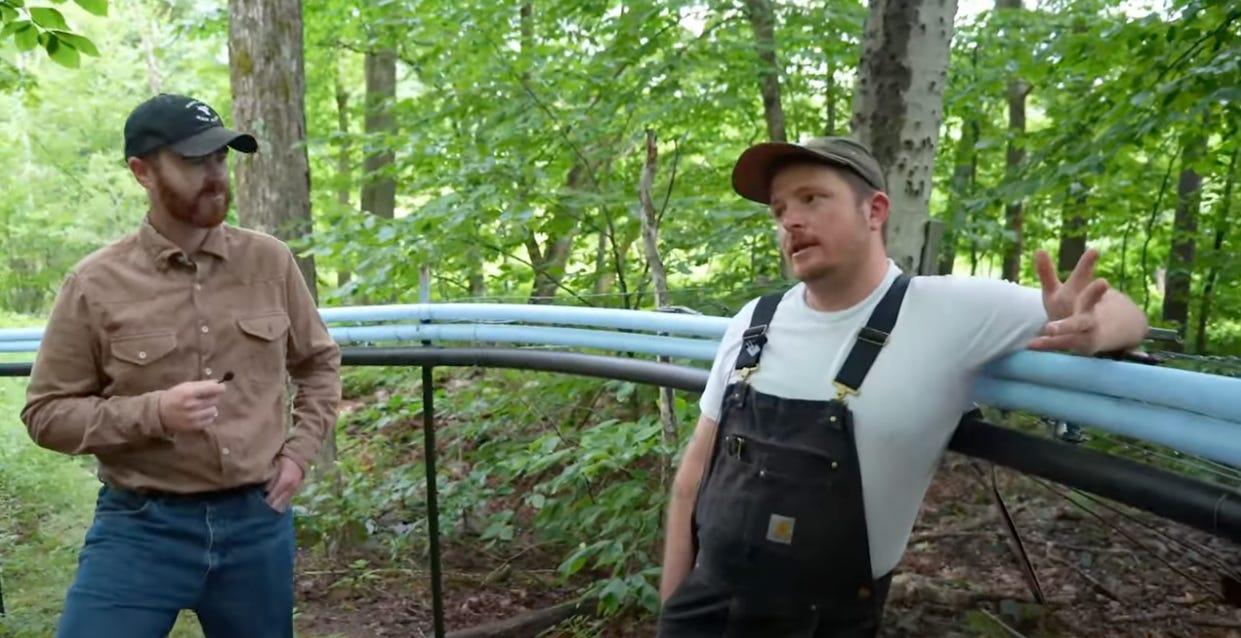
Regenerative Techniques in Action
Modern Maple Syrup Production Systems
Forget the romantic image of buckets hanging on trees. Baird Farm uses sophisticated regenerative grazing management principles applied to maple syrup production:
110 miles of tubing infrastructure that works like "outdoor plumbing"
Vacuum systems that double production while maintaining tree health
Three pump houses connected by buried lines across the property
Reverse osmosis technology that reduces energy consumption by 90%
"We're really farming sap," Jacob explains. "Maple syrup is just one product that you can make from sap."
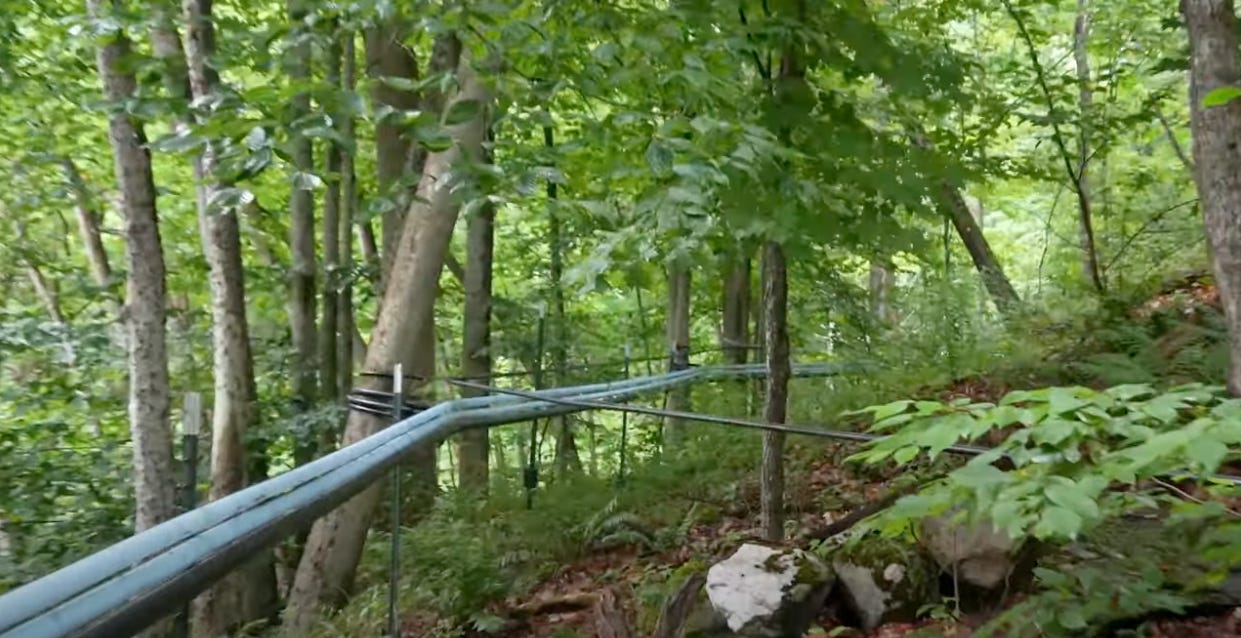
Forest Management for Biodiversity
As a certified organic operation, Baird Farm maintains strict biodiversity standards that most industrial agriculture ignores:
Conservation of multiple maple species (sugar maple and red maple)
Regenerative forest management that prioritizes ecosystem health
Integration of diverse tree species rather than monoculture approaches
Soil health improvement through minimal intervention practices
"When you monoculture things, you're not setting it up for disease resilience or pest resilience," Jacob notes. Their approach proves regenerative agriculture techniques can scale successfully.
The Results: Sustainable Farming Success Metrics
The transformation from dairy to regenerative maple production has yielded impressive results:
Environmental Impact
Carbon sequestration through maintained forest canopy
Zero chemical inputs or synthetic fertilizers
Water conservation through efficient sap collection systems
Preservation of 585 acres under agricultural easement
Economic Performance
Doubled production capacity in past 10 years
Direct-to-consumer sales model eliminating middlemen
Agritourism revenue through educational farm tours
Year-round income through value-added processing
Community Building
Free educational tours connecting consumers to food sources
Local food systems strengthened through direct sales
Knowledge sharing with next-generation farmers
Regenerative agriculture advocacy through transparent practices
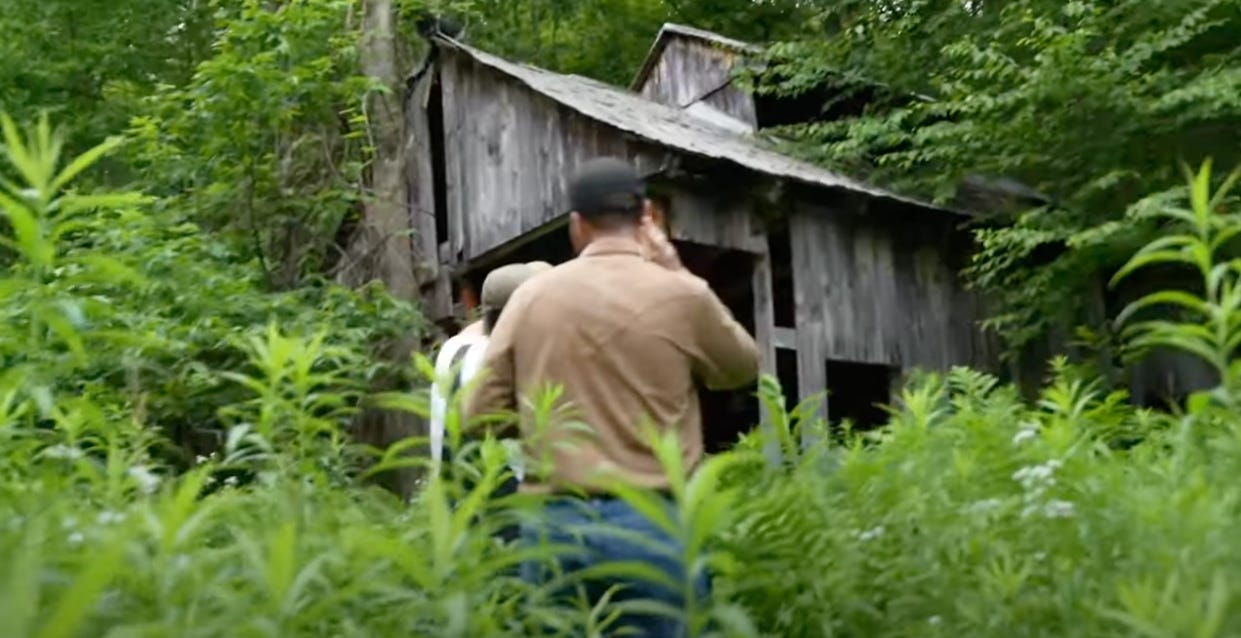
Challenges Overcome: Generational Farm Transition
One of agriculture's biggest obstacles is sustainable farm transition between generations. The Bears tackled this head-on with intentional planning:
"We sit down and have family meetings every week," Jenna shares. "The first thing we did was have a lot of slow conversations about goals, long-term goals and values."
Their approach included:
Professional transition planning through Vermont extension services
Clear lease-to-own agreements for different business components
Open communication about long-term farm vision
Respect for both traditional knowledge and innovative practices
Beyond Maple: Lessons for Regenerative Agriculture
Baird Farm's success offers crucial insights for sustainable farming across all sectors:
Technology Integration
Modern regenerative agriculture doesn't mean rejecting technology. The farm uses:
GPS mapping systems for tubing layout
Real-time monitoring through smartphone apps
Precision agriculture techniques for optimized yields
Energy-efficient processing equipment
Direct Market Development
Their retail operation demonstrates how local food systems can thrive:
On-farm store built in 2017
Value-added processing in FDA-registered facility
E-commerce platform for direct shipping
Agritourism integration through educational programming
Seasonal Business Model
Making maple syrup requires managing extreme seasonality – a challenge many sustainable farming operations face:
Intensive 6-week production season (February-April)
Year-round maintenance and preparation
Diversified revenue through retail, wholesale, and tourism
Climate adaptation strategies for changing weather patterns
The Climate Reality: Adapting Regenerative Practices
Climate change poses real challenges for regenerative maple syrup production. The Bears are adapting through:
Drought management strategies learned from dry years
Forest resilience planning for extreme weather events
Diversification with red maple trees for broader climate tolerance
Carbon farming practices that build soil health
"Trees, right? Some trees are less healthy than other trees, just like some people," Jacob observes. Their holistic management approach builds resilience across the entire ecosystem.

The Future of Regenerative Maple Production
Baird Farm represents more than successful sustainable agriculture – it's a model for how family farms can lead the regenerative movement. Their combination of traditional knowledge, modern technology, and community connection creates a blueprint others can follow.
"Small farms have the power to change the world," Jacob concludes. "We do this because farms have an integral role in building communities, healthy communities, vibrant communities and vibrant economies."
In a food system dominated by industrial agriculture, operations like Baird Farm prove that regenerative farming isn't just possible – it's profitable, scalable, and essential for our food future.
Ready to support regenerative agriculture with every purchase? Visit local maple producers in your area, or find farms shipping sustainable maple syrup direct to consumers. Every dollar spent on real food from real farms is a vote for the kind of food system we want to build.

